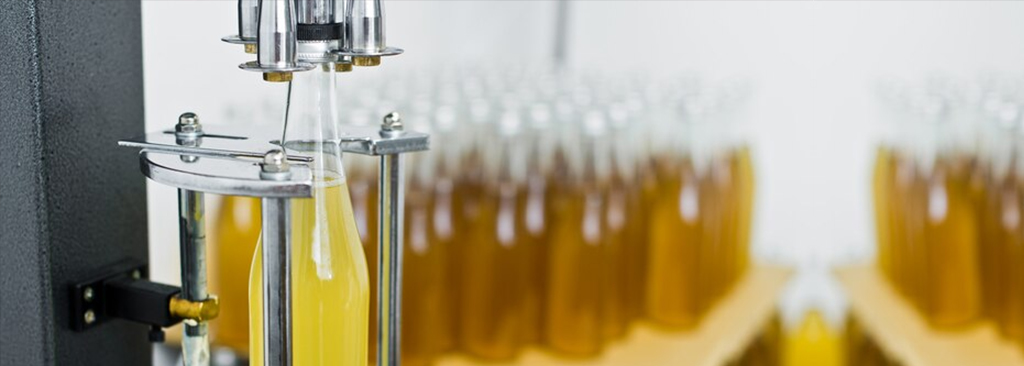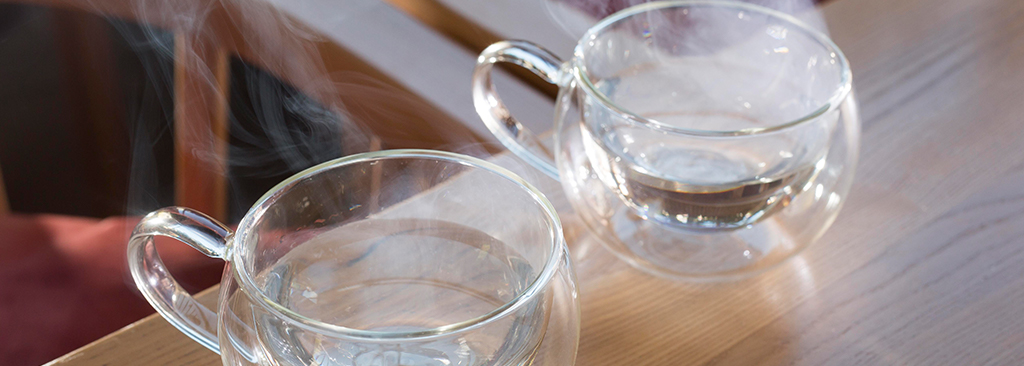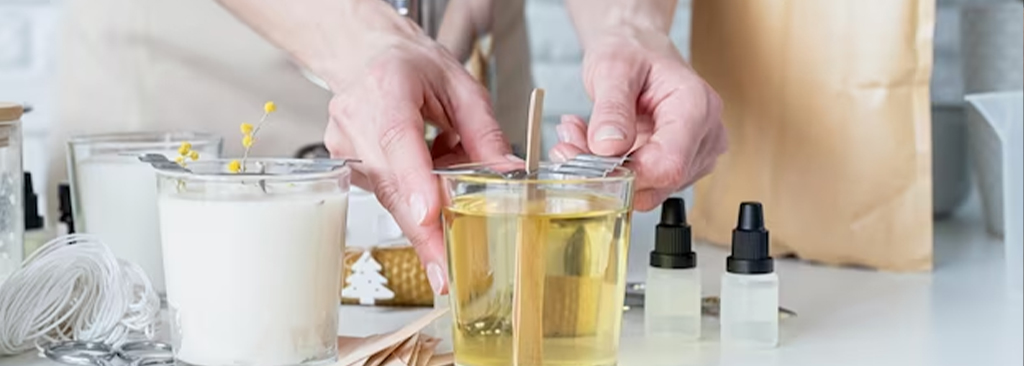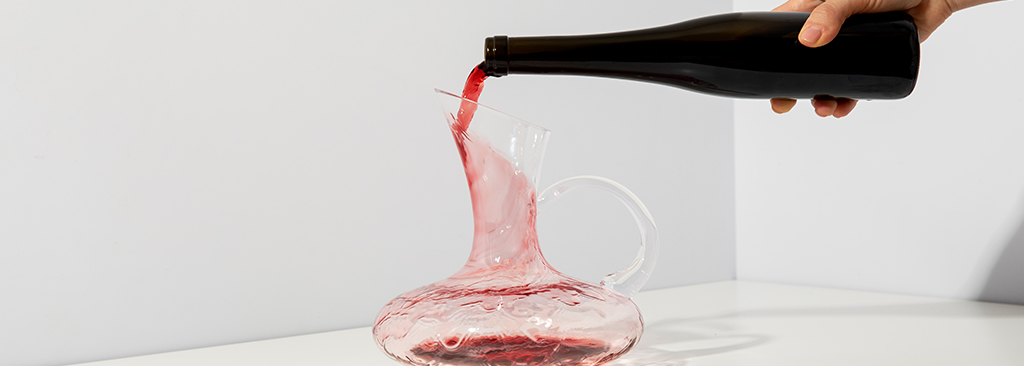
1 GALLON MEAD RECIPE
Having a 1 gallon mead recipe is something any brewer should keep on tap for when the ancient ways come calling. It’s a great way to get into mead making, create a gift or a money saver for a party, and to just generally show off your Viking coolness. The reason you want to start off with a simple 1 gallon mead recipe is that it’s a small batch that won’t require too much investment. It’s more to give you a feel for making this historic drink and see if you want to keep exploring.
Think of it like cooking and following a recipe. We’ve provided a simple and yet traditional mead recipe to wet your whistle and give you a feel for mead. Looking over this page you may become overwhelmed, but don’t fret. This is a simple honey mead recipe and we just wanted to make sure each step was as clear as possible.
WHAT IS MEAD?
Most are made by fermenting honey mixed with water; mead is a century-old alcoholic beverage. Sometimes it is also made with some other ingredients like fruits, spices, grains, or hops. Its origin dates back centuries as part of histories across continents. It is still a popular drink enjoyed by people who appreciate its unique taste and history. Mead tastes vary greatly, with a diverse flavor profile from dry to sweet mead and from still to sparkling and has a wide range of alcoholic content from 3.5% to 20%, depending on the making. The rich taste and history make mead one of the world’s most sought-after and popular beverages.
Honey mead has a fascinating history that intrigues every alcoholic beverage lover. Many have tried making mead at home but have failed because they can’t get the portions right. If you want to know how much honey to use and how to make honey mead, you are in the right place. The following is a simple honey mead recipe that will help you make approximately 1 gallon of mead. Read on to know more.
GET YOUR VIKING ON AND ENJOY OUR 1 GALLON MEAD RECIPE BELOW.
Please Note: Our mead making and basic mead recipe pages are brand new and we are working to make videos and add content but are severely short of time at this point. We welcome comments and ask for your patience as we perfect these pages and hopefully enhance your mead making experience. Cheers!
BASIC MEAD RECIPE FOR DRY OR SWEET MEAD
Let’s start with this easy basic mead recipe. For this 1-gallon basic mead recipe, we will be working for a complete fermentation Mead Making Kit and back sweeten to taste. This recipe aims to highlight the honey flavor and can be adjusted with citric acid for balance. Beer yeast can be used as an alternative, though many mead makers prefer wine yeast. Be sure to use good quality honey and yeast nutrients to ensure a successful fermentation.
EQUIPMENT LIST FOR THIS MEAD RECIPE:
2 – 1 Gallon jug
1 – 2 Gallon Fermenter bucket (You can use a jug but the bucket is preferable)
1 – Hydrometer
1 – Hydrometer jar
1 – Thermometer
1 – Air lock and drilled rubber stopper
1 – Siphoning hose
1 – Carboy brush
1 – Stirring spoon
1 – 2 cup measure
1 – Funnel
1 – 2 Oz Pack One Step Sanitizer
Take a look at our complete mead making equipment kit.
INGREDIENTS NEEDED FOR THIS BASIC MEAD RECIPE:
• 3 lbs of honey
• Approx. 12 cups of water (Do not use chlorinated water! If you are on city water, buy distilled or spring water at your local store. If you are on a well, your water should be fine unless you have a water softening system)
• 5 grams of yeast
• ½ tsp of yeast energizer
• ½ tsp of yeast nutrient
• ¾ tsp of Potassium Sorbate
We’ve put together a mead making ingredient kit for sale.
STEP BY STEP MEAD RECIPE INSTRUCTIONS:
1. Sanitize all your equipment using One Step and water solution as per the instructions on the packet.
Note: Never use bleach! Bleach will react negatively with the fermentation process.
2. Put 4 cups of hot water in your 2-gallon fermenter, measure out about 2 ¾ lbs of raw honey and mix with the warm water in your bucket.
3. Add 8 cups of cold water and stir
4. Put must (honey and water mixture) in your hydrometer jar and float your hydrometer. Record your sugar level in brix on your chart. You should have 22.5 brix. This recipe will produce about 12.8% alcohol.
5. Use the stick-on thermometer on your 2-gallon fermenter. You should have between 65 and 75 degrees.
6. Add your yeast energizer and yeast nutrient stirring gently until dissolved.
7. Pull out about 1 cup of your must in a two cup measure and pour your wine yeast pack in and stir gently. Let it sit for about 15 minutes or so. When it starts to foam, gently pour back into your fermenter bucket. Close your fermenter lid firmly, making sure it doesn’t leak, and install your airlock.
8. Your honey wine will start fermenting after a couple of hours. You will see your airlock start bubbling. Keep your fermenter in a place between 65 and 75 degrees and let the wine yeast do its work. This could take 10 to 20 days.
9. When your air lock bubbling slows down dramatically, rack your mead into your 1-gallon jug using your siphoning tube. Be careful not to siphon up the sediment on the bottom of the fermenter.
10. During racking, fill your hydrometer jar and measure your sugar level in brix with your hydrometer and record the reading on your chart. Return the mead in your hydrometer jar into your glass jug after you are done measuring the sugar level.
If you still have sugar content above 2 brix, you can add another ½ tsp of yeast energizer at this point and let it continue to ferment in your glass jug.
11. When your fermentation is complete, you will see sediment settling in a distinct layer in your glass jug. (at this point your hydrometer should read a sugar level close to zero, if it doesn’t, add more yeast nutrients and energizer and continue fermentation)
12. When this visible settling is down to the bottom of the jug, rack your mead into another jug. (if you don’t have another jug, use your cleaned fermenter bucket and then siphon the mead back into the glass jug after you have cleaned the jug.
13. Once you have achieved your desired fermentation and racked your mead off the leas (sediment at the bottom) add ¾ tsp of Potassium Sorbate to your mead.
14. Taste your mead. If you would like a little more sweetness, now is the time to add some of the wildflower honey you have left over from your starting 3 lbs. The sorbate will keep any further fermentation from happening.
15. If you would like your mead to clarify a little faster you can add your bentonite as per the instructions on the packet. The down side to this is the bentonite creates a loose sediment layer and can waste more of your mead than just waiting for it to settle or using a filter like a Vinbrite Mark III.
16. After your mead clarifies to your desired level it is ready to bottle. Crystal clarity is not necessary if you like the taste.
Clean your bottles and bottling equipment. Bottle your mead. Your mead could improve if you want to put it away for a while. If you are thirsty, it’s ready to drink.

NOTES:
Each settling period could take a couple of weeks. Limit the amount of time your mead goes with the airlock removed. Excess head space should be avoided once your fermentation is complete. Clean marbles or glass beads can be added to your glass jug to eliminate head space. Please refer any questions you run into to [email protected]. There are many mead recipes and theories about what makes the best mead.
This mead making supply page is designed to give you everything you need to get started making mead. We hope you will find it as exciting and enjoyable as we do.
Cheers!
Frequently Asked Questions
Is mead healthier than beer?
In some aspects, mead is healthier than beer. It is made with honey which has antioxidant and antimicrobial properties. It is suitable for people with celiac disease and gluten sensitivity, as mead is gluten-free.
How much active yeast for 1 gallon of mead?
Generally, there is 1 gram of dry yeast or 2 grams of liquid yeast. Although, it entirely depends on the process of making the mead and the strain of yeast you use.
How long does honey mead take to ferment?
The fermenting process depends on various factors, like temperature, the amount of honey, the type of yeast, and the presence of additives and nutrients. Depending on how active the yeast is, it will take around 2 to 6 weeks.
Is Raw Honey OK for Mead?
With a few drawbacks, raw honey is okay for mead. Raw honey is not pasteurized or filtered, which may contain natural yeast bacteria, pollen, wax, and other impurities. It will affect the flavor, stability and clarity of the mead.
How Long Does It Take to Make Mead?
How to Bottle Mead for Aging and Storage
Help Save The Bees By Drinking Mead







